Restoring a classic car is a rewarding endeavor, but it involves a lot more than just fixing up an old vehicle. Classic car collectors have valuable insights that can help you navigate the restoration process more effectively. Here’s what classic car collectors wish you knew about restoration.
Contents
Start with a Solid Foundation

Classic car collectors emphasize the importance of starting with a vehicle that has a solid foundation. This means choosing a car with minimal rust, a straight frame, and a body that’s in decent condition. Restoring a car with significant structural issues can be incredibly costly and time-consuming. Inspect the car thoroughly or hire an expert to assess the vehicle before purchasing it for restoration.
Originality Matters
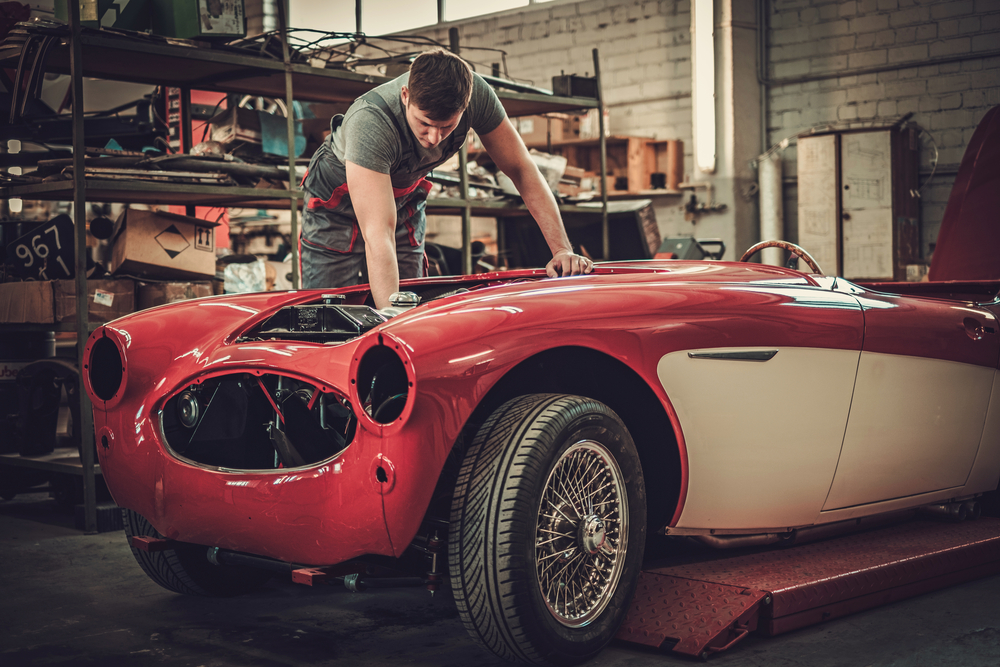
Maintaining the originality of a classic car is crucial for preserving its value. Collectors recommend using original parts whenever possible and keeping the car’s specifications as close to the factory build as feasible. Originality not only enhances the car’s historical value but also appeals to purists and potential buyers in the future.
Document Everything
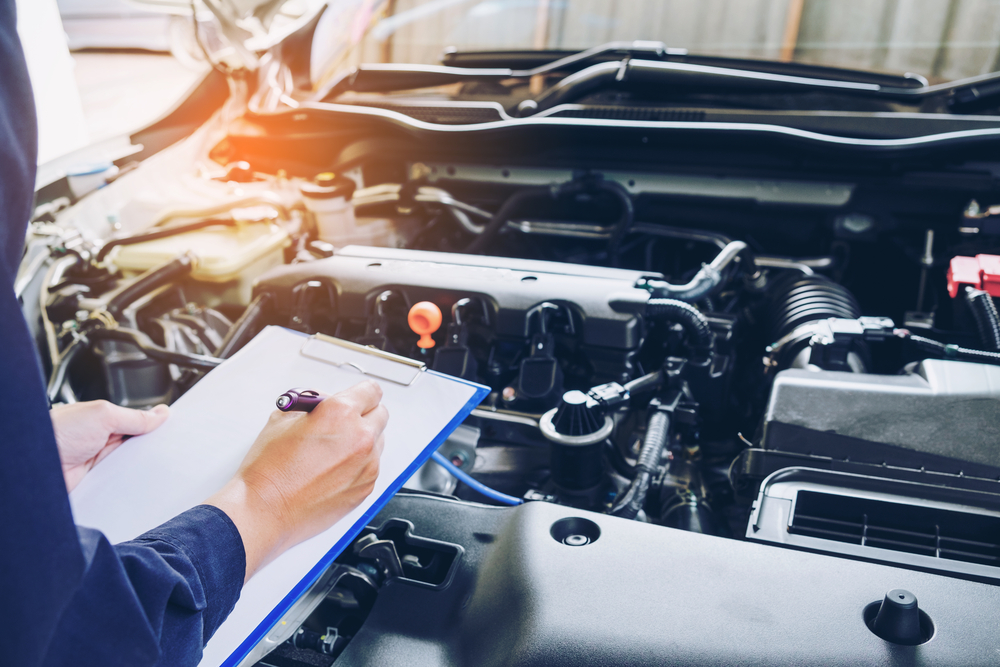
Keeping detailed records of every step in the restoration process is essential. Documenting parts purchased, labor costs, and any modifications made helps provide a clear history of the restoration. This documentation can significantly increase the car’s value and credibility when it comes time to sell, as buyers appreciate transparency and evidence of quality work.
Budget Realistically

Underestimating the cost of a restoration project is a common pitfall. Collectors advise creating a comprehensive budget that includes not only parts and labor but also unexpected expenses that inevitably arise. Allocating funds for contingencies helps avoid financial strain and ensures the project can be completed without compromising quality.
Patience is Key
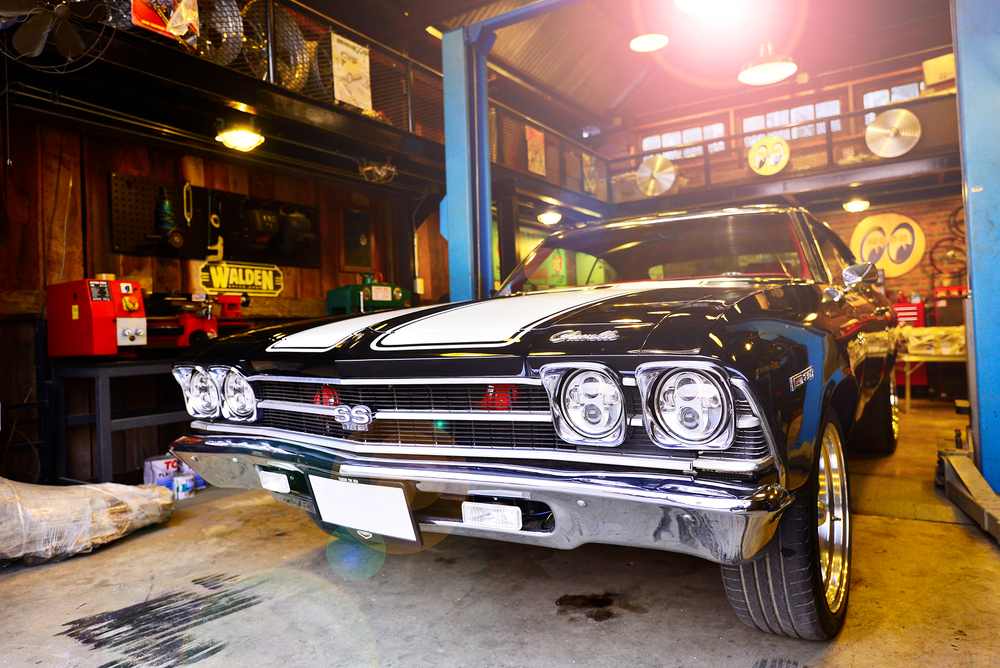
Restoring a classic car is a time-consuming endeavor that requires patience. Rushing the process can lead to mistakes and subpar results. Collectors stress the importance of taking the time to do things right, from sourcing the correct parts to meticulous assembly. Patience ensures a higher quality restoration that can be enjoyed for years to come.
Research Thoroughly

Before beginning a restoration, thorough research is vital. Understanding the car’s history, specifications, and common issues allows for a more informed approach to the project. Collectors recommend joining forums, reading books, and consulting with experts to gather as much information as possible about the specific make and model.
Find a Reliable Parts Supplier

Sourcing quality parts can be one of the biggest challenges in classic car restoration. Establishing a relationship with a reliable parts supplier ensures access to authentic, high-quality components. Collectors often recommend suppliers who specialize in the specific brand or model of the car being restored to guarantee compatibility and authenticity.
Understand the Importance of Professional Help
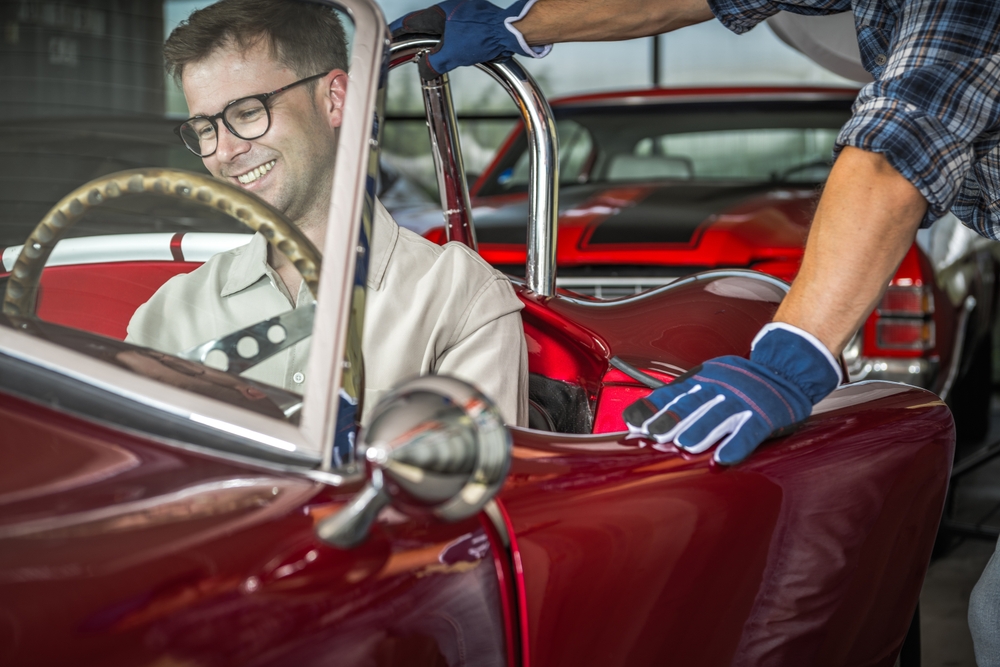
While DIY restoration can be rewarding, certain aspects of the project may require professional expertise. Collectors advise recognizing when to seek help from professionals, especially for specialized tasks like bodywork, paint, and engine rebuilding. Professional assistance can ensure that critical components are restored to a high standard.
Preserve the Patina
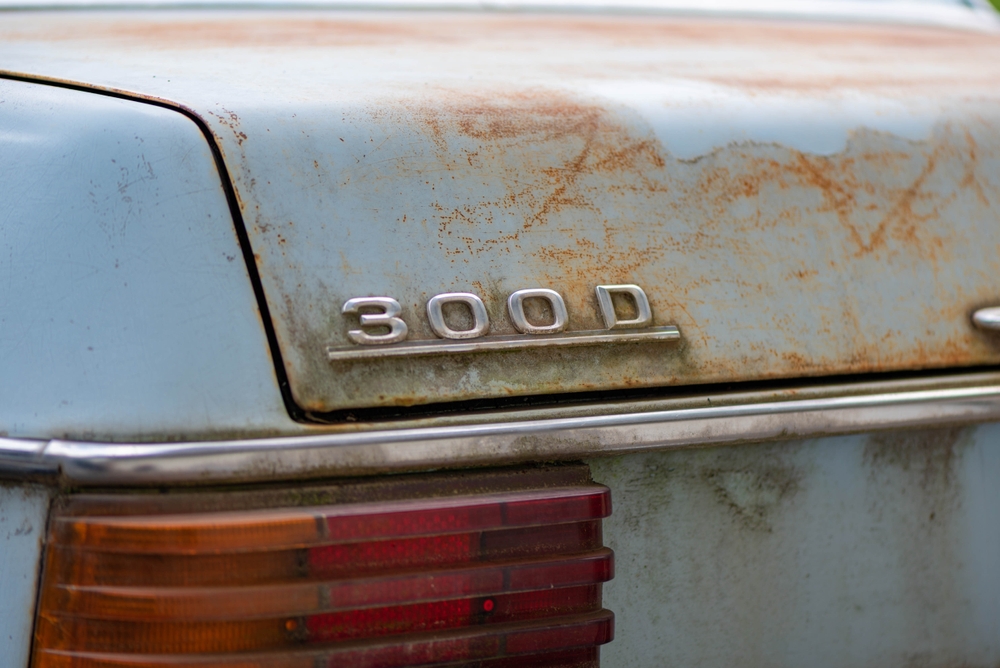
For some classic cars, preserving the original patina can be more desirable than a complete restoration. The patina tells a story and maintains the car’s historical integrity. Collectors suggest considering a “sympathetic restoration,” where the car’s mechanicals are updated while preserving the original appearance to maintain its unique character.
Focus on Safety
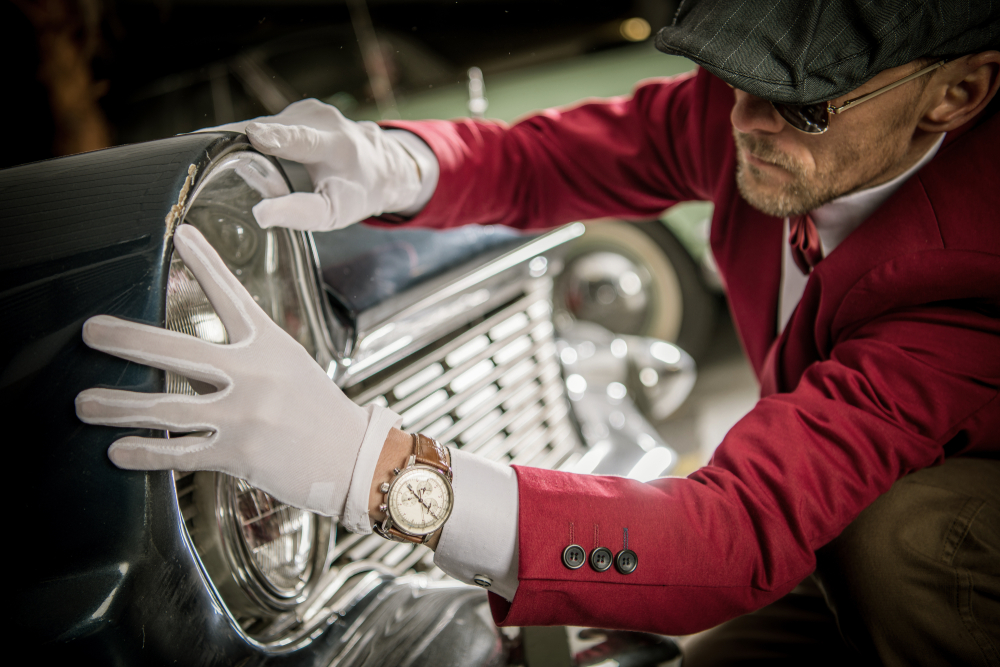
While originality is important, ensuring the car is safe to drive is paramount. Upgrading safety features such as brakes, seatbelts, and lighting systems is crucial. Collectors recommend discreetly integrating modern safety components without compromising the car’s vintage aesthetic to enhance drivability and safety.
Network with Other Collectors
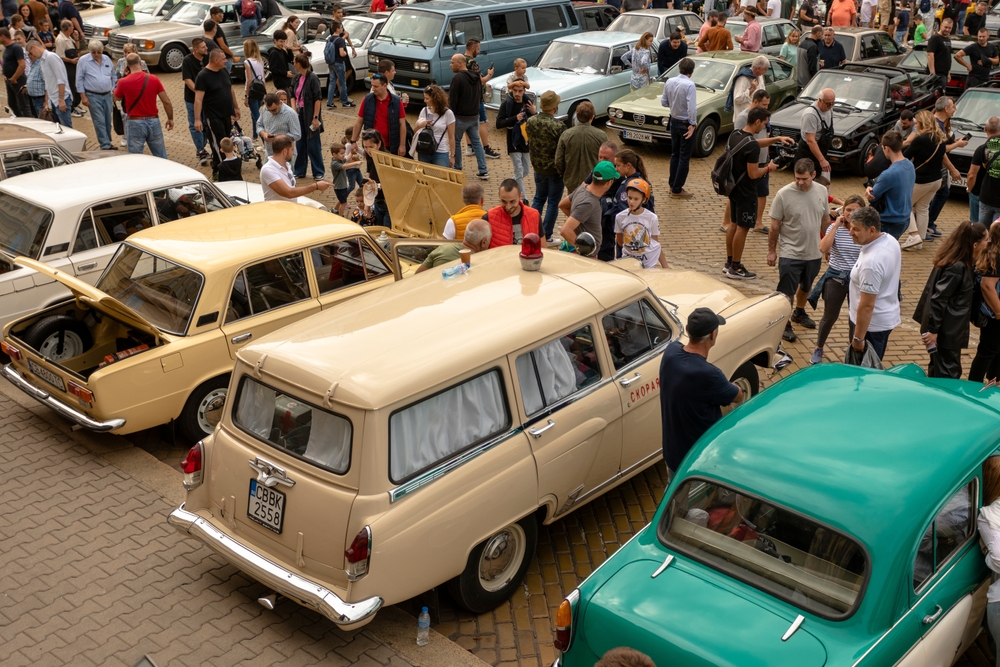
Connecting with other classic car collectors can provide valuable insights, advice, and resources. Joining car clubs, attending shows, and participating in online forums allow for knowledge sharing and support. Networking can also lead to discovering hard-to-find parts and reputable service providers.
Evaluate Your Skill Level
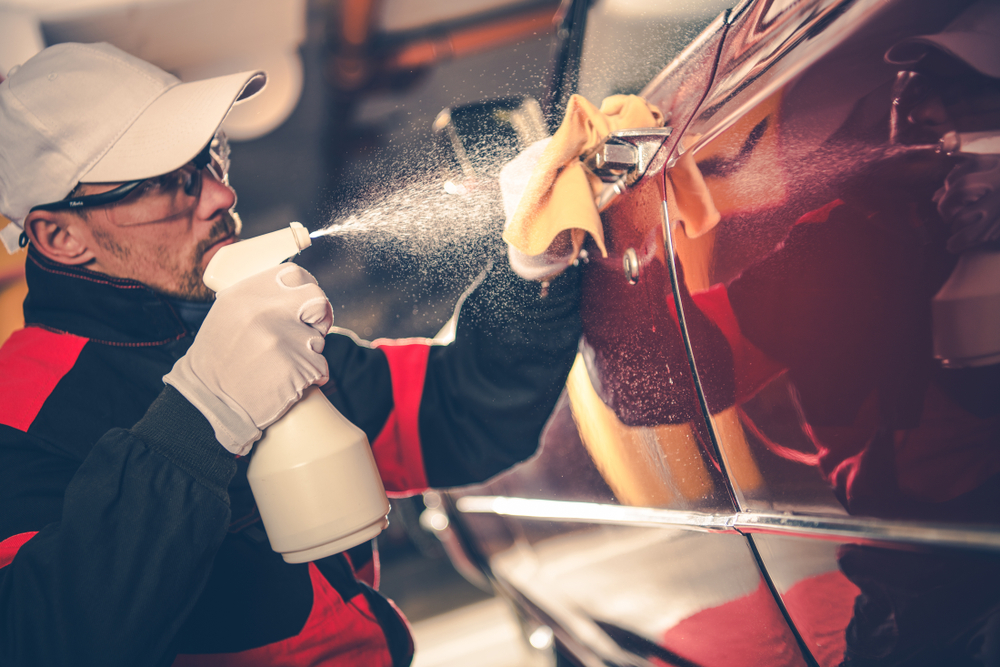
Being honest about your skill level is crucial before embarking on a restoration project. Some tasks may be beyond your capabilities and could result in costly mistakes. Collectors suggest starting with smaller projects to build skills and confidence before tackling a full restoration, or hiring experts for complex tasks.
Invest in Quality Tools
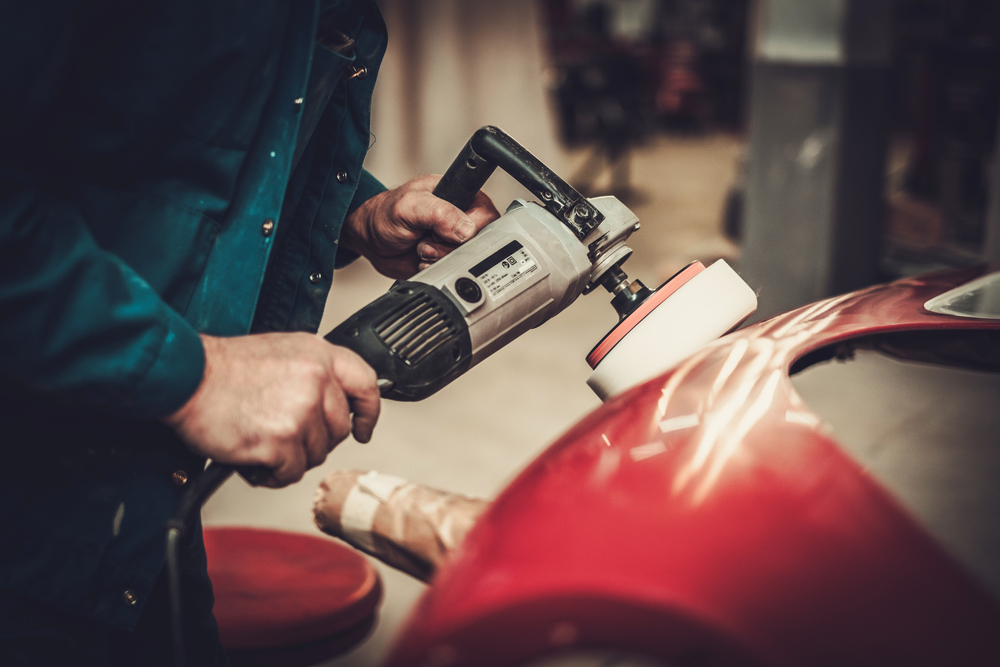
Using the right tools for the job is essential for a successful restoration. Collectors recommend investing in high-quality tools, as they can make the process more efficient and yield better results. Having the proper equipment reduces the risk of damage to the car and ensures a higher standard of workmanship.
Keep the End Use in Mind

Understanding the intended use of the restored car can influence restoration decisions. Whether the car is meant for show, daily driving, or occasional use can determine the level of detail and types of modifications needed. Collectors advise tailoring the restoration to suit the car’s future purpose, balancing originality with practicality.
Don’t Skimp on Paint and Bodywork
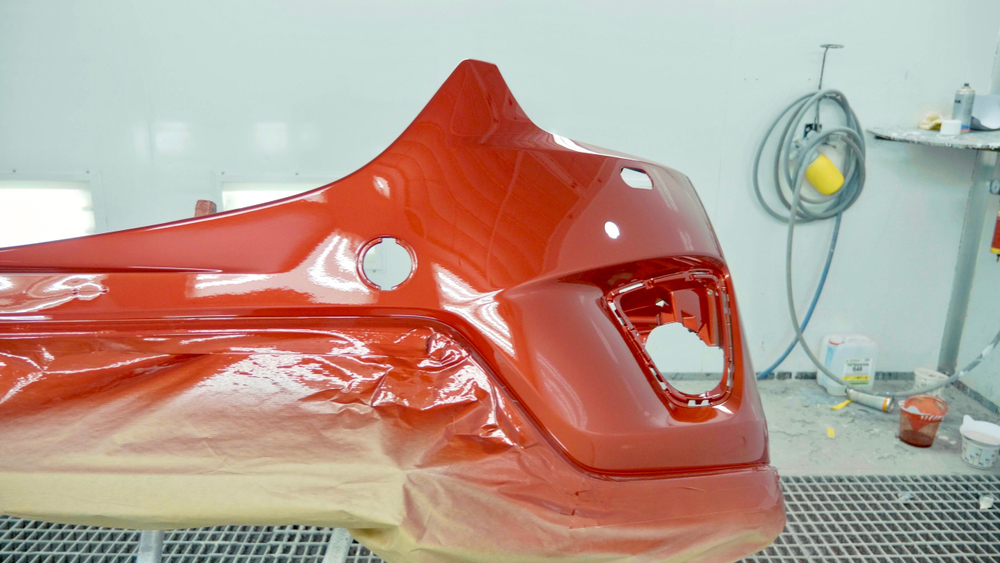
The paint and bodywork are some of the most visible aspects of a restoration and can significantly impact the car’s value and appearance. Collectors recommend investing in high-quality materials and skilled labor for these tasks. Proper preparation, painting, and finishing techniques are crucial for achieving a flawless result that will last.
Value of a Good Upholsterer
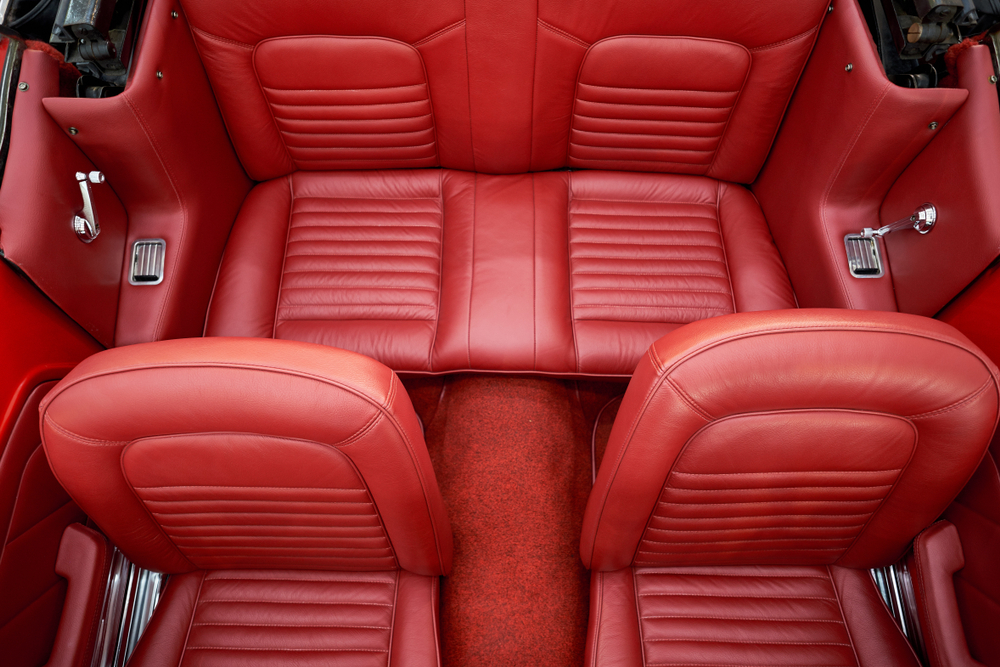
Interior restoration is just as important as the exterior. A skilled upholsterer can make a significant difference in the quality of the interior finish. Collectors suggest seeking out an upholsterer with experience in classic cars to ensure that the materials and techniques used are authentic and of high quality.
Storage and Climate Control
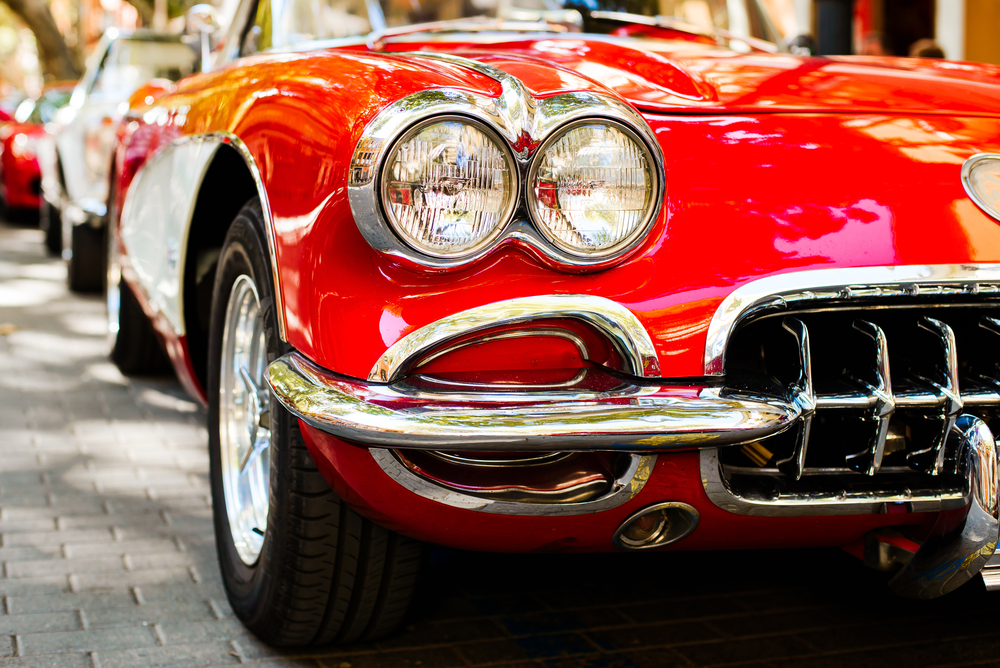
Proper storage and climate control are essential to protect a restored classic car. Collectors emphasize the importance of storing the car in a clean, dry, and temperature-controlled environment to prevent deterioration and damage. Using a car cover and regularly maintaining the storage space can preserve the car’s condition over time.
Insurance Considerations
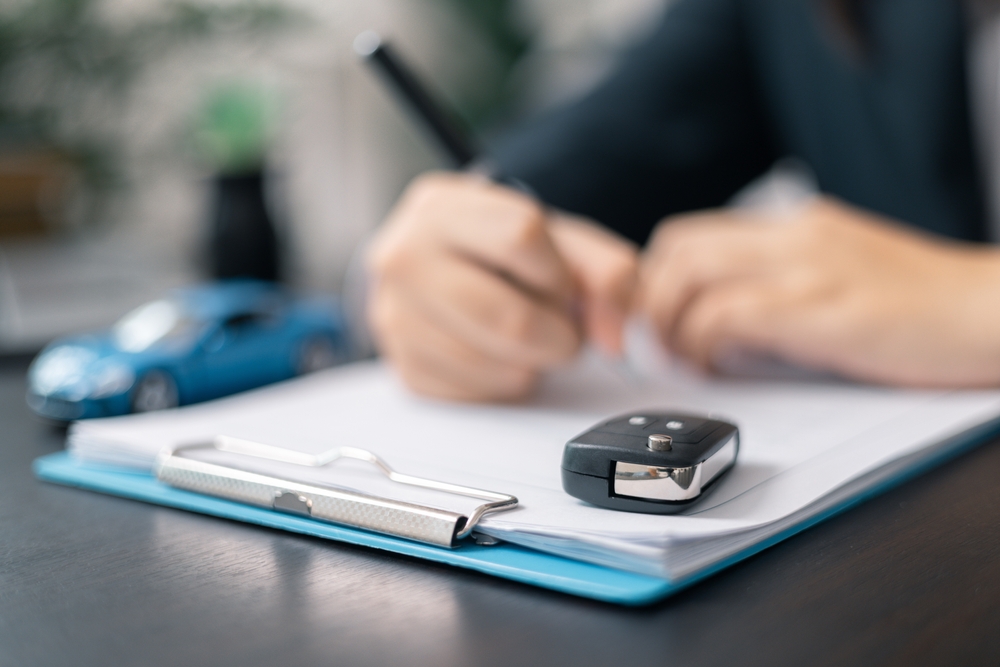
Obtaining the right insurance for a restored classic car is crucial. Collectors recommend researching policies that offer agreed value coverage, which ensures the car is insured for its full appraised value. Understanding the terms and conditions of the insurance policy can protect your investment in case of damage or theft.
Learn to Enjoy the Process
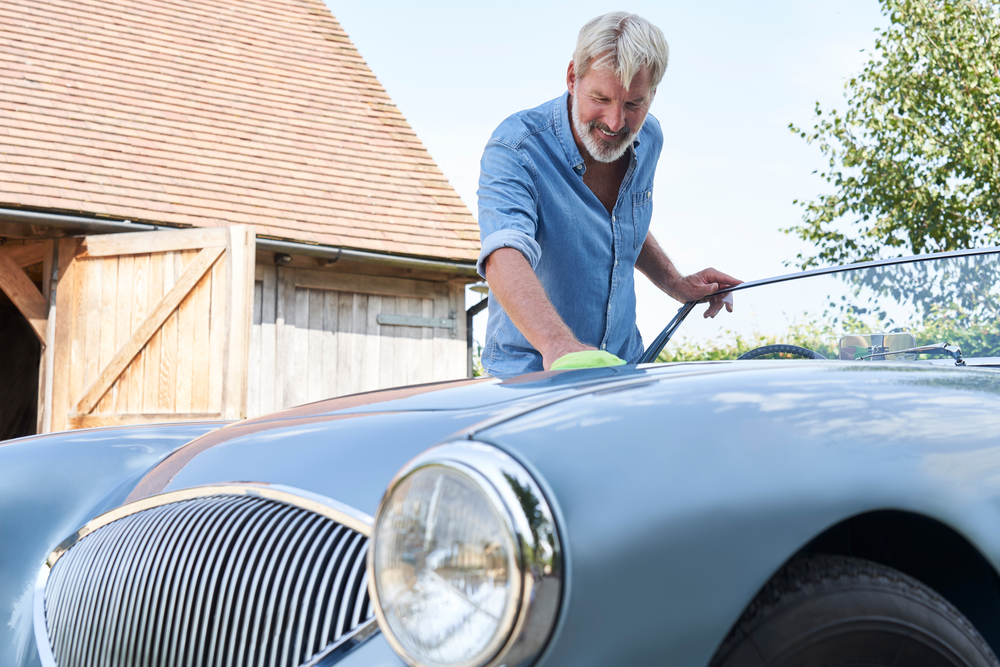
Restoration can be a long and sometimes frustrating process, but collectors stress the importance of enjoying the journey. Taking pride in each step and celebrating small victories can make the experience more rewarding. Remember that the process is part of the passion for classic cars, and the final result will reflect the effort and dedication invested.
Plan for Regular Maintenance
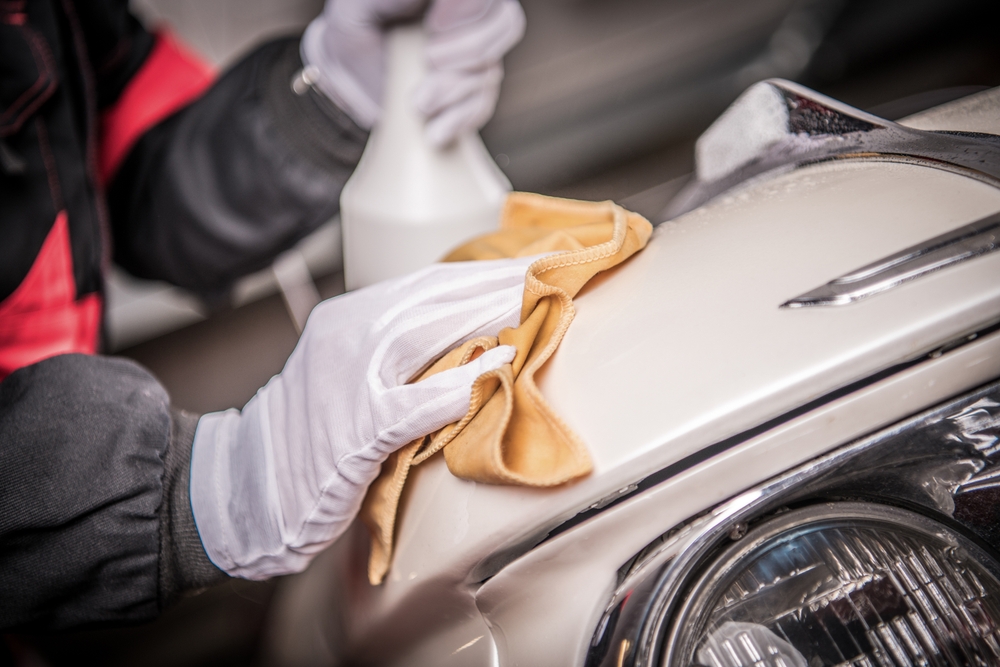
Once the restoration is complete, regular maintenance is essential to keep the car in top condition. Collectors advise developing a maintenance schedule that includes routine checks, fluid changes, and preservation of both mechanical and aesthetic aspects. Staying proactive with maintenance can prevent future issues and ensure the car remains a source of pride and enjoyment.
This article originally appeared on MyCarMakesNoise.
More from MyCarMakesNoise
20 Must-Visit Military Vehicle Museums Around the World

If you’re a history enthusiast or fascinated by military vehicles, you’re in for a treat. Discover the 20 best military vehicle museums you have to visit, each offering a unique glimpse into the past. Read More.
25 Classic Cars That Deserve Another Moment in the Spotlight
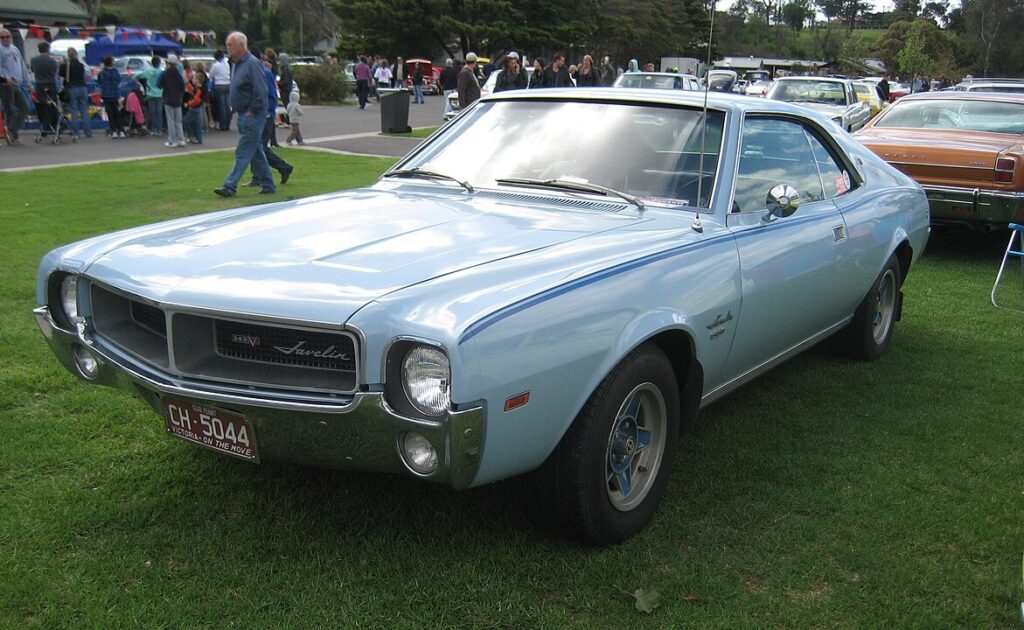
In the world of classic automobiles, some vintage cars get all the attention while others remain largely overlooked. This list highlights 25 vintage cars that deserve a second look. Read More.
15 Vintage Mustangs That Collectors Avoid

When it comes to classic cars, the Ford Mustang often stands out as an icon of American automotive history. However, not all Mustangs are created equal. While some vintage models have become highly sought-after collector’s items, others have faded into obscurity for various reasons. Read More.














